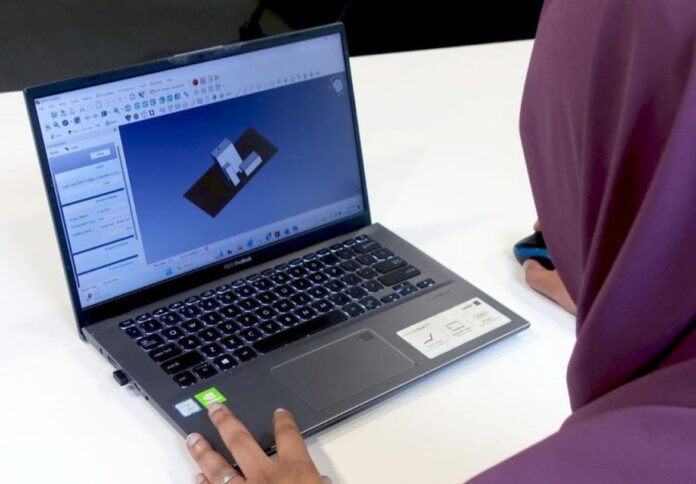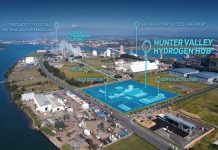
A team at RMIT University has developed software that would help architects and engineers incorporate solar systems into the conceptual design of a building.
The software, called BIPV Enabler, is designed for building developers seeking the right solar option to suit their design, according to project lead Associate Professor Rebecca Yang from RMIT’s Solar Energy Application Group.
The project was funded by RMIT and the Australian Renewable Energy Agency (ARENA) and is the first to be designed using Australian data.
Building-integrated photovoltaics (BIPV) are building features, such as roof tiles, cladding, and windows, that double as solar panels.
BIPVs can cover a greater building area, generating solar energy from different angles.
However, despite the potential of these solutions, conventional roof-mounted panels continue to dominate new installations in Australia due to the extra complexity of predicting performance and sourcing BIPV technology.
“We’re making integrated solar a more attractive option to developers, slicing the time it would normally take to research and implement incognito solar devices,” said Yang, who is also the director of the Australian PV Institute and driving the BIPV Alliance.
“This isn’t just for new buildings either. Those looking to retro fit integrated solar into existing buildings will benefit too,” the RMIT associate professor added.
BIPV Enabler integrates product, regulation, technical, economic, and construction data to create 3D models and detailed lifecycle simulations tailored to each building’s planned location.
It also features maps, a 3D shape library, solar visualisations, hourly weather data, and pricing information for materials and feed-in tariffs.
Yang said BIPV Enabler also worked with computer-aided design programs and could be scaled and customised to incorporate other open-source datasets to suit changing needs.
“We hope to see more buildings capable of generating solar electricity, while maintaining good design standards – a win for the planet and aesthetics,” she added.
The software comes a year after Australia’s first office tower to be fully clad in solar panels was announced.



















